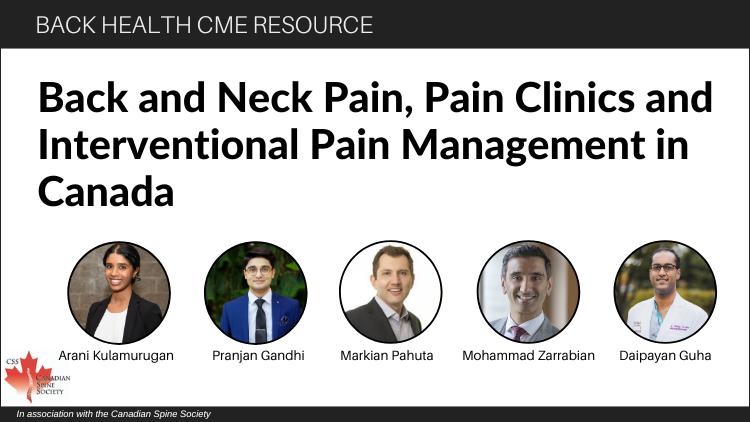1Michael DeGroote School of Medicine, McMaster University, Hamilton, ON.
2Michael DeGroote School of Medicine, McMaster University, Hamilton, ON.
3Department of Surgery, Division of Orthopaedics, McMaster University, Hamilton, ON.
4Department of Surgery, Division of Orthopaedics, McMaster University, Hamilton, ON.
5Department of Surgery, Division of Neurosurgery, McMaster University, Hamilton, ON.
